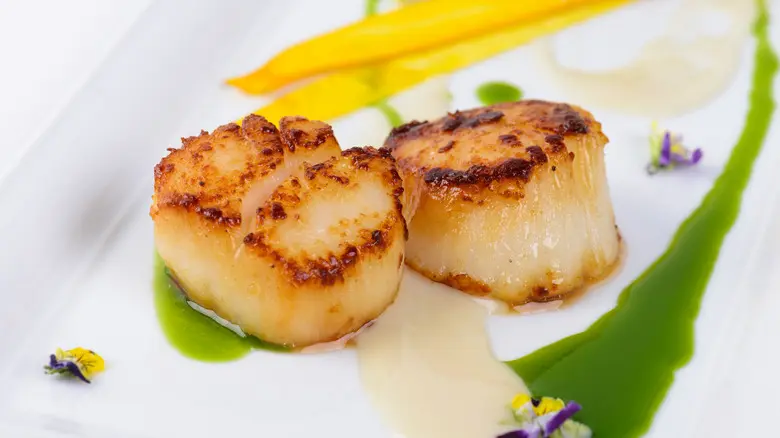Understanding Wet-Packed vs. Dry-Packed Scallops
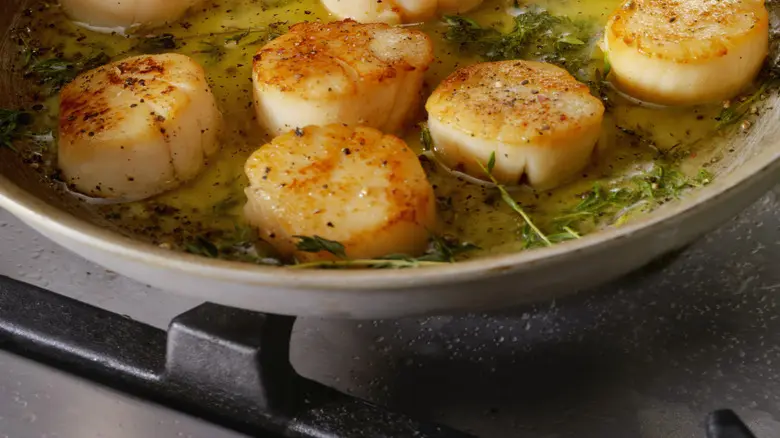
When purchasing scallops, it’s important to know the difference between wet-packed and dry-packed varieties. Wet-packed scallops are soaked in a solution, usually containing water and sodium tripolyphosphate (STP), to preserve their texture and weight. These scallops often appear shinier and may release water when cooked. On the other hand, dry-packed scallops are free from added solutions and typically have a firmer texture with a more natural, sweet flavor. Understanding the distinction between these two types can significantly impact the way they cook and taste.
The Simple Visual Test

A quick and effective way to tell whether your scallops are wet- or dry-packed is to inspect their appearance. Wet-packed scallops are often more opaque, with a slightly slimy or wet surface due to the water added during processing. They tend to have a glossy sheen that doesn’t disappear when left at room temperature. In contrast, dry-packed scallops are typically more translucent, with a smooth, dry surface that feels firm to the touch. This simple visual test will give you a good starting point in identifying the type of scallops you’re working with.
The Water Test
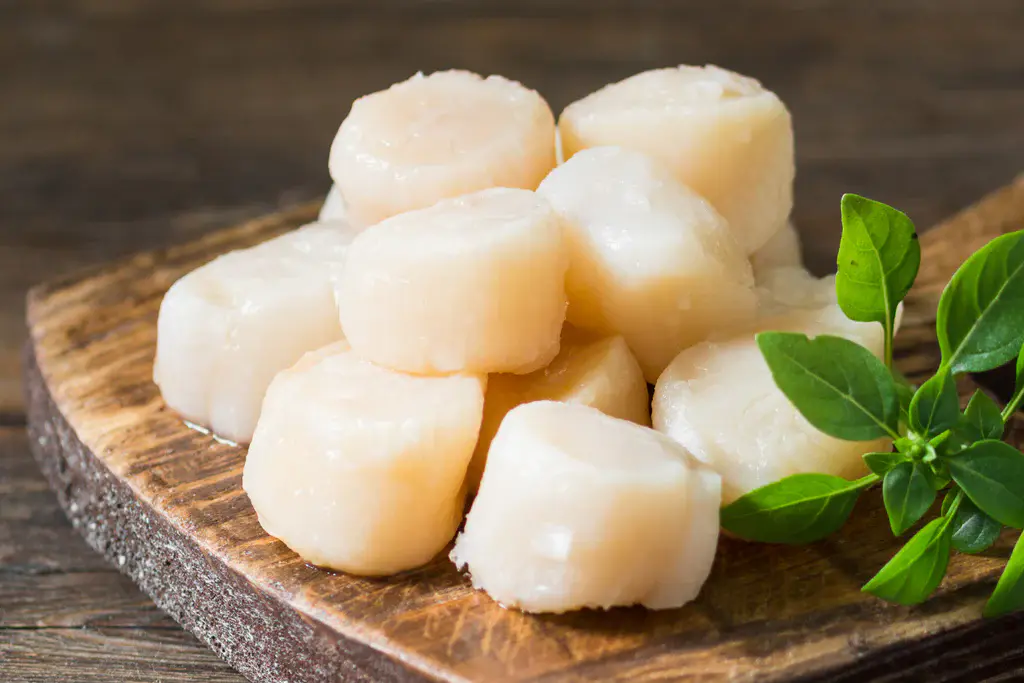
One of the easiest ways to distinguish wet-packed from dry-packed scallops is the water test. After purchasing your scallops, place them on a paper towel or a clean dish towel. Gently press down on them. If you notice liquid pooling around the scallops, they are most likely wet-packed. Wet-packed scallops retain moisture from the soaking process, which is why they release water. Dry-packed scallops, on the other hand, will not release any water during this test and should remain relatively dry to the touch.
The Taste and Texture Test
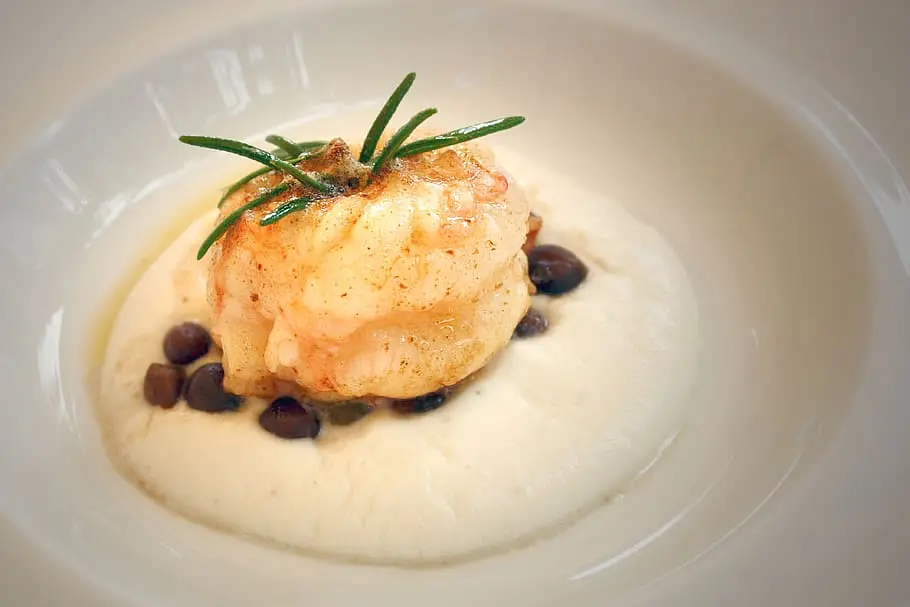
If you’ve already cooked the scallops and are still unsure about their packing, tasting them can be an effective way to determine their type. Dry-packed scallops tend to have a firmer, meatier texture and a more delicate, sweet flavor that’s not masked by excess moisture. When cooked, they sear more easily, forming a nice crust. In contrast, wet-packed scallops may have a slightly mushier texture and a milder flavor due to the added water. Additionally, they might not sear as well, as the excess moisture prevents a crispy golden crust from forming.
Conclusion
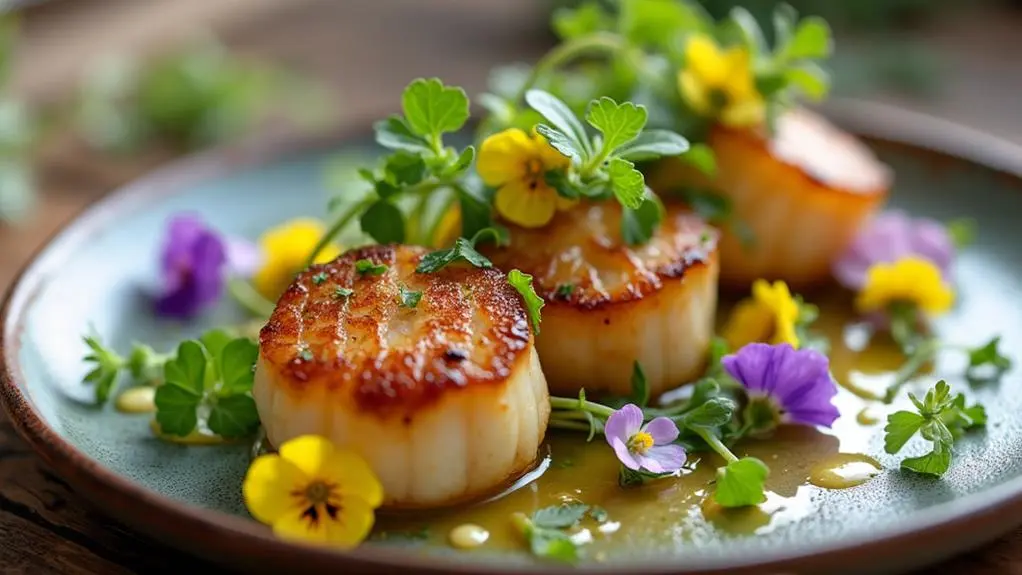
Knowing whether your scallops are wet-packed or dry-packed is essential for achieving the perfect dish. By using the visual test, water test, and tasting method, you can easily identify the type of scallops you have on hand and adjust your cooking technique accordingly. Whether you’re preparing a simple seared scallop dish or adding them to a complex recipe, this foolproof method ensures you’ll always get the best texture and flavor out of your scallops.
Recommended
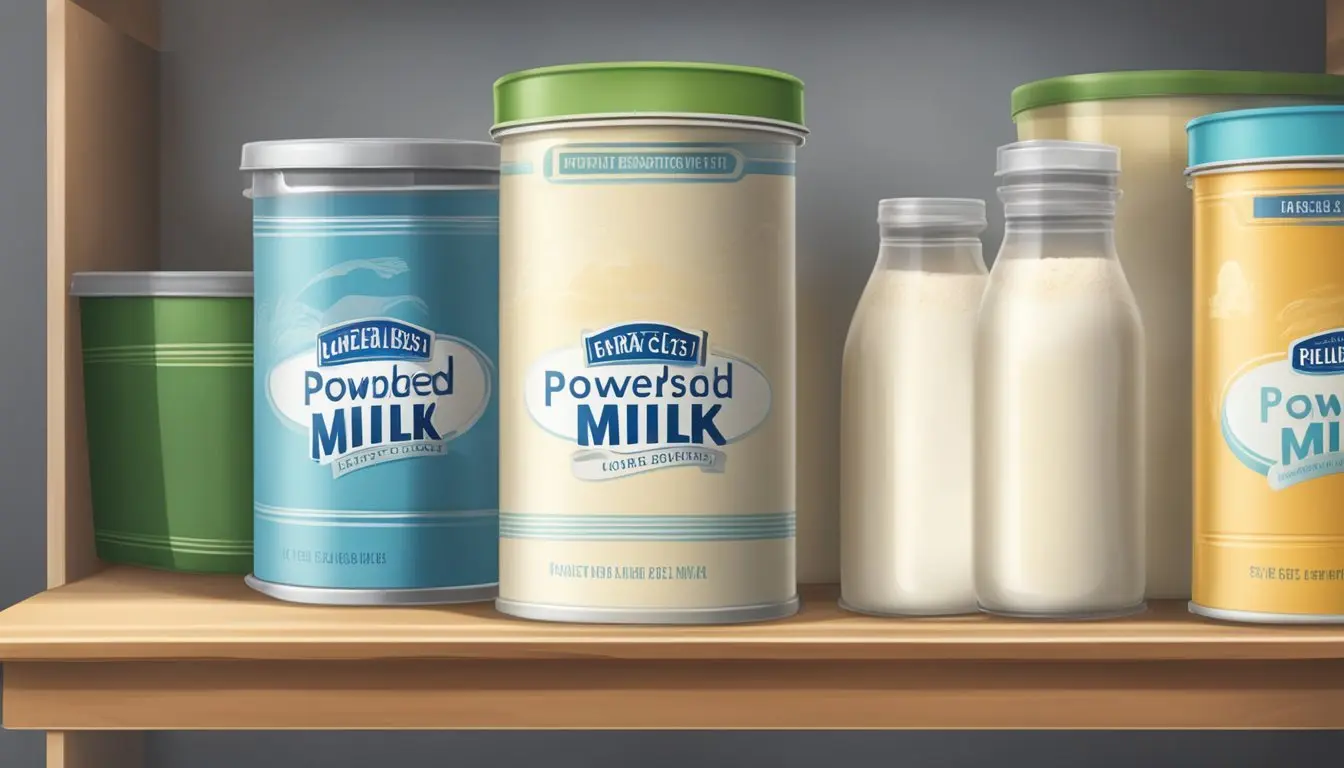
How Long Is Powdered Milk Good For?
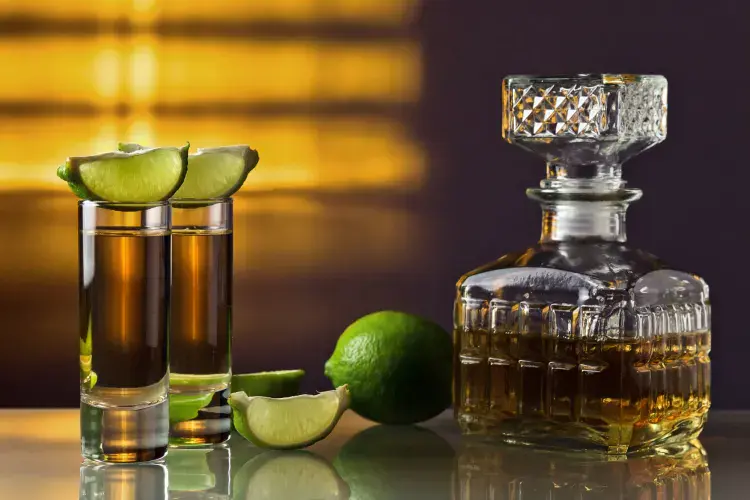
You'd Need To Be A Millionaire To Buy The Most Expensive Bottle Of Tequila In The World

The Store-Bought Dessert That Tastes Just Like Burger King's Hershey's Sundae Pie

Salad Dressing Martinis? It Might Be Tastier Than You Think
Next up

